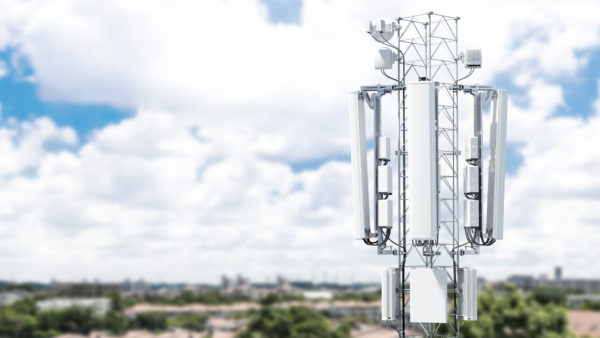
All that speed and low latency promised by upcoming 5G services would be nothing if a network is prone to congestion or downtime.
Rather than rely on human operators to troubleshoot every issue, telecom operators can look to artificial intelligence (AI) to predict problems and solve them proactively, according to Ericsson.
Reducing human intervention is one of the processes that have to be transformed at telcos, even as they rush to set up 5G equipment worldwide in the next few years, said Igor Maurell, the head of network services for South East Asia and Oceania at Ericsson.
Algorithms fed into the system could detect degradation in terms of network quality and learn what steps to take to automatically rectify a problem, he told Techgoondu in an interview this week.
For example, if there is congestion in an area, AI could automatically reconfigure the cells by distributing the load more evenly. AI could be applied to fault prevention too, by detecting problems in a network early and either finding a solution to it automatically or alerting an engineer.
This shift is part of the preparations that telcos are already making to be ready for 5G, according to Ericsson, which is expecting the first services to be rolled out in 2020.
The network equipment company is also working with telcos to simplify their core networks and move more functionalities to the edge of the network for faster access.
To deliver the gigabit speeds and ultra-low latency promised by 5G, telcos will have to go beyond deploying base stations and radio masts, said Maurell. They have to be transforming their networks to be agile and more flexible, something that many telcos in the region have started on, he added.
Though Ericsson believes that consumers will demand faster speeds and drive the takeup of 5G up to a point, enterprises would also be key users because the technology could become a critical part of their businesses.
In a trial announced in Singapore earlier this year, Ericsson will use its 5G technology to enable some Scania trucks to be driven autonomously from one container port to another. The low latency and coverage afforded by the mobile technology are key to the rollout.
The same advantages could apply to remote healthcare, where doctors could control medical equipment with precision and negligible lag, according to Ericsson.
The same for workers controlling cranes at a dock, for example. They don’t have to be seated in their small, lonely workplaces if wireless technology can let them control the equipment reliably from afar.
Enterprises have so far shown strong interest in taking up 5G, though it remains to be seen if they would use it over existing wireless technologies, such as 4G and NB-IoT (Narrowband – Internet of Things) that already serve many of their machine-to-machine needs today.
There’s also a question of standards for 5G, though they are being ratified today. What remains its biggest challenge could be finding a business case for the technology, something that both 3G and 4G rollouts initially struggled with.
The change to 5G will be evolutionary, admitted Maurell. But as before, there’s no doubt the impact on users will be be deeply felt, he added.
CLARIFICATION at 09/10/2017, 4:15pm: The story has been updated to indicate that the Scania trial is being conducted in Sweden now and the trucks will only make it to Singapore in a later phase. Scania has clarified that the system is not fully autonomous. There is still a driver driving the lead truck, while all the other trucks behind follow in a convoy using V2V (vehicle-to-vehicle) communication, which may be enabled by 5G in the future.






